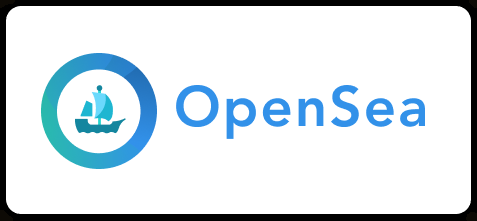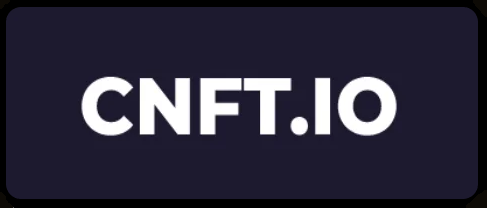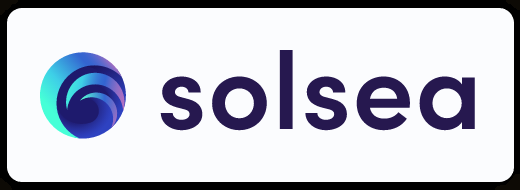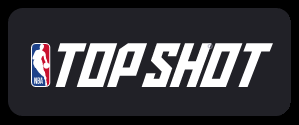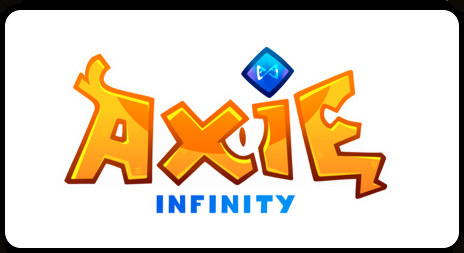NFT's
Buy, sell, trade, hold.
Non-Fungible Tokens, or NFTs, are relatively new to the crypto world. In theory, the scope for NFTs are anything that is unique that needs provable ownership. Here are some examples of NFTs that exist today to help you get a better understanding:
- A unique digital artwork
- A unique sneaker in a limited-run fashion line
- An in-game item
- An essay
- A digital collectible
- A domain name
- A ticket that gives you access to an event or a coupon
How do NFTs work?
NFTs are different from ERC-20 tokens, such as DAI or LINK, in that each individual token is completely unique and is not divisible. NFTs give the ability to assign or claim ownership of any unique piece of digital data, trackable by using Ethereum's blockchain as a public ledger. An NFT is minted from digital objects as a representation of digital or non-digital assets. For example, an NFT might represent:
- Digital Art:
- GIFs
- Collectibles
- Music
- Videos
- Real World Items:
- The title to a car
- Deed to a home
- Tickets to a real world event
- Tokenized invoices
- Legal documents
- Signatures
An NFT can only have one owner at a time. Ownership is managed through the uniqueID and metadata that no other token can replicate. NFTs are minted through smart contracts that assign ownership and manage the transferability of the NFT's. When someone creates or mints an NFT, they execute code stored in smart contracts that conform to different standards, such as ERC-721. This information is added to the blockchain where the NFT is being managed. The minting process, from a higher level, has the following steps that it goes through:
- Creating a new block
- Validating information
- Recording information into the blockchain
NFTs also have some distinct properties. Each token minted has a unique identifier that is directly linked to one Ethereum address, which means that they are not directly interchangeable with other tokens at a 1:1 ratio. For example, 1 ETH is exactly the same as another ETH. This isn't the case with NFTs. Each token has an owner and this information is easily verifiable. They live on Ethereum network and can be bought and sold on any Ethereum-based NFT market. In other words, if you own an NFT:
- You can easily prove you own it.
- Proving you own an NFT is very similar to proving you have ETH in your account.
- For example, let's say you purchase an NFT, and the ownership of the unique token is transferred to your wallet via your public address.
- The token proves that your copy of the digital file is the original.
- Your private key is proof-of-ownership of the original.
- The content creator's public key serves as a certificate of authenticity for that particular digital artefact.
- The creators public key is essentially a permanent part of the token's history. The creator's public key can demonstrate that the token you hold was created by a particular individual, thus contributing to its market value (vs a counterfeit).
- Another way to think about proving you own the NFT is by signing messages to prove you own the private key behind the address.
- As mentioned above, your private key is proof-of-ownership of the original. This tells us that the private keys behind that address control the NFT.
- A signed message can be used as proof that you own your private keys without revealing them to anybody and thus proving you own the NFT as well!
- No one can manipulate it in any way.
- You can sell it, and in some cases this will earn the original creator resale royalties.
- Or, you can hold it forever, resting comfortably knowing your asset is secured by your wallet on Ethereum.
And if you create an NFT:
- You can easily prove you're the creator.
- You determine the scarcity.
- You can earn royalties every time it's sold.
- You can sell it on any NFT market or peer-to-peer. You're not locked in to any platform and you don't need anyone to intermediate.
Scarcity
The creator of an NFT gets to decide the scarcity of their asset.
For example, consider a ticket to a sporting event. Just as an organizer of an event can choose how many tickets to sell, the creator of an NFT can decide how many replicas exist. Sometimes these are exact replicas, such as 5000 General Admission tickets. Sometimes several are minted that are very similar, but each slightly different, such as a ticket with an assigned seat. In another case, the creator may want to create an NFT where only one is minted as a special rare collectible.
In these cases, each NFT would still have a unique identifier (like a bar code on a traditional "ticket"), with only one owner. The intended scarcity of the NFT matters, and is up to the creator. A creator may intend to make each NFT completely unique to create scarcity, or have reasons to produce several thousand replicas. Remember, this information is all public.
Royalties
Some NFTs will automatically pay out royalties to their creators when they're sold. This is still a developing concept but it's one of the most powerful. Original owners of EulerBeats Originals earn an 8% royalty every time the NFT is sold on. And some platforms, like Foundation and Zora, support royalties for their artists.
This is completely automatic so creators can just sit back and earn royalties as their work is sold from person to person. At the moment, figuring out royalties is very manual and lacks accuracy – a lot of creators don't get paid what they deserve. If your NFT has a royalty programmed into it, you'll never miss out.
What are NFTs used for?
Here's more information of some of the better developed use-cases and visions for NFTs on Ethereum.
- Digital content
- Gaming items
- Domain names
- Physical items
- Investments and collateral
Maximizing earnings for creators
The biggest use of NFTs today is in the digital content realm. That's because that industry today is broken. Content creators see their profits and earning potential swallowed by platforms.
An artist publishing work on a social network makes money for the platform who sell ads to the artists followers. They get exposure in return, but exposure doesn't pay the bills.
NFTs power a new creator economy where creators don't hand ownership of their content over to the platforms they use to publicize it. Ownership is baked into the content itself.
When they sell their content, funds go directly to them. If the new owner then sells the NFT, the original creator can even automatically receive royalties. This is guaranteed every time it's sold because the creator's address is part of the token's metadata – metadata which can't be modified.
 Explore, buy or create your own NFT art/collectibles...Explore NFT art
Explore, buy or create your own NFT art/collectibles...Explore NFT art
The copy/paste problem
Naysayers often bring up the fact that NFTs "are dumb" usually alongside a picture of them screenshotting an NFT artwork. "Look, now I have that image for free!" they say smugly.
Well, yes. But does googling an image of Picasso's Guernica make you the proud new owner of a multi-million dollar piece of art history?
Ultimately owning the real thing is as valuable as the market makes it. The more a piece of content is screen-grabbed, shared, and generally used the more value it gains.
Owning the verifiably real thing will always have more value than not.
Boosting gaming potential
NFTs have seen a lot of interest from game developers. NFTs can provide records of ownership for in-game items, fuel in-game economies, and bring a host of benefits to the players.
In a lot of regular games you can buy items for you to use in your game. But if that item was an NFT you could recoup your money by selling it on when you're done with the game. You might even make a profit if that item becomes more desirable.
For game developers – as issuers of the NFT – they could earn a royalty every time an item is re-sold in the open marketplace. This creates a more mutually-beneficial business model where both players and developers earn from the secondary NFT market.
This also means that if a game is no longer maintained by the developers, the items you've collected remain yours.
Ultimately the items you grind for in-game can outlive the games themselves. Even if a game is no longer maintained, your items will always be under your control. This means in-game items become digital memorabilia and have a value outside of the game.
Decentraland, a virtual reality game, even lets you buy NFTs representing virtual parcels of land that you can use as you see fit.
Ethereum's top NFT marketplace.
Cardano's top NFT marketplace.
Solana's top NFT marketplace.
There are so many NFT marketplaces out there like Nifty Gateway, MakersPlace, KnownOrigin and of course Rarible, and SuperRare
